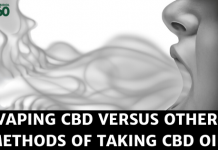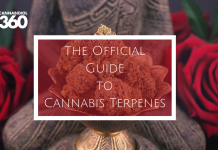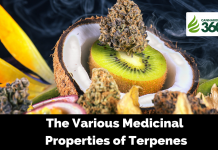
The cannabis plant is home to both cannabinoids and terpenoids. Terpenoids are fragrant oils that give the different strains of the plant different aromas. It is found in the sticky resin glands of the plant right where the cannabinoids are found.
Just like cannabinoids, they bind to receptors and affect positive change for treatment of various medical conditions. The cannabinoid chemical output is significantly influenced by terpene action.
They also modify permeability of cell membranes for better cannabinoid transport. Each terpene comes with a prescribed boiling point past which the quality is compromised.
Terpenes are a natural way for the cannabis plant to ward off predators and encourage pollination. The difference in terpene concentration can be influenced by climate, weather change, age of the plant, fertilizer used, soil type and even the time of day.
Terpenes are not specific to cannabis. Other herbs and fruits have the terpenes. Ingesting these fruits or herbs could enhance the effect of the cannabinoid.
Myrcene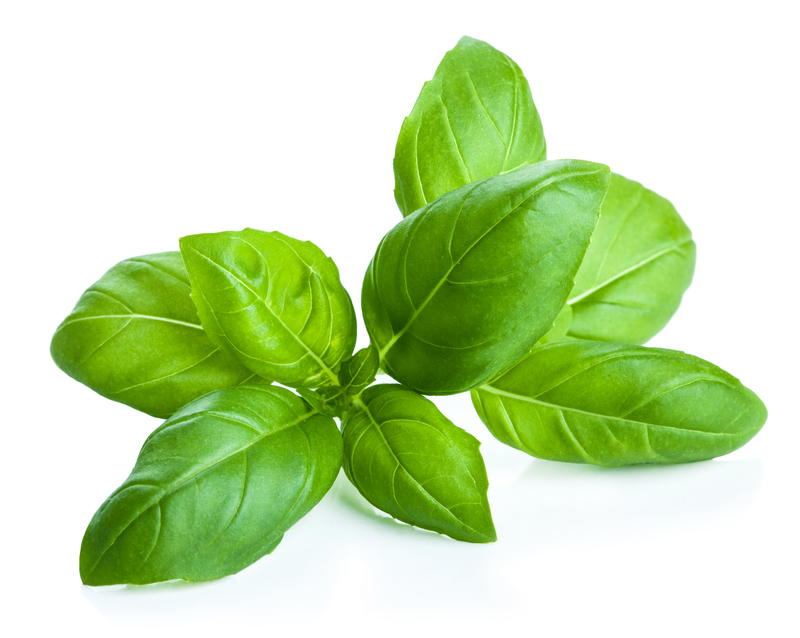
You are advised to have a mango with your THC rich strain as a means to expand your high. This is because mangoes have lots of the terpene myrcene. You can also find Myrcene in basil. It has an earthy, fruity aroma.
Myrcene is a great sedating agent and has been found to enhance transdermal absorption. Effect on transdermal absorption is especially important in the use of topical.
Studies have shown that the terpene also increases glucose tolerance in diabetic laboratory rat models. In healthy models, there was no effect on glucose action.
Another study was conducted on osteoarthritis models. It was found that Myrcene has anti-inflammatory properties that aid in treatment. Myrcene also enhances the psychoactivity of THC.
Linalool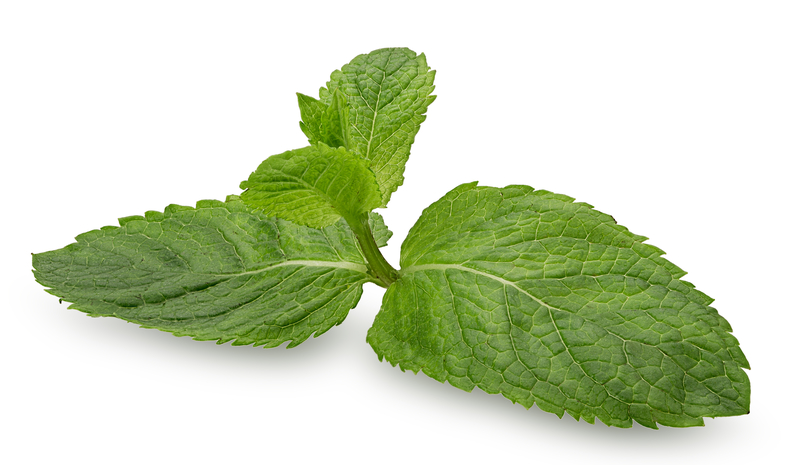
This can also be derived from cinnamon, rosewood, mint and lavender. The smell is pleasant and mild with a sweetly soft undertone. The scent is calming and relaxing.
Studies into Alzheimer’s have revealed that the cognitive and emotional functions could be restored by intervention of Linalool. It has also been revealed that through anti-inflammatory activity lung injury caused by cigarette smoke can be combated. Another study showed that this terpene has anti-convulsion effects similar to those of diazepam.
Linalool passed two pain perception tests. The first being the acetic acid-induced writhing response and the other being the hot plate test. In both cases, Linalool inhibited the transmission of pain signals thus reducing the pain perception significantly. It makes for a great analgesic.
This terpene has a wide range of benefits and works in almost perfect synergy with cannabidiol (CBD), CBN, CBG, and THC in their individual endeavors. Diamond Girl is one of the cannabis strains with a high Linalool content.
Pinene
The name betrays the nature. The chief aroma is that of a pine tree forest. Deep and intoxicatingly refreshing. It is also found in conifers, sage, parsley, and orange peels.
Pinene is effective in promoting memory retention and alertness. This fact makes it a favorite among creatives. This is especially true if it is combined with a sativa strain. This terpene comes in two forms: alpha and beta. Alpha pinene is one of the most abundant terpenes in nature.
A 2011 study published in the British Journal of Pharmacology provided evidence that pinene has anti-inflammatory properties. This fact is useful in the treatment of arthritis, cancer, and Crohn’s Disease.
Studies have found that this terpene has the power to buffer effect of too much THC. A 2002 study published in the Inhalation Toxicology Journal theorized that Pinene could be a very effective bronchodilator. This would go towards the treatment and management of lung and respiratory functions.
Pinene is most likely found in the following cannabis strains: Jack Here, Dutch Treat, Romulan, Blue Dream, and OG Kush. In Romulan, it is found that there is a level of myrcene, which arrests some of the Pinene effects. In the Blue Dream, the berry aroma is so strong that at times one might not smell the pines.
Limonene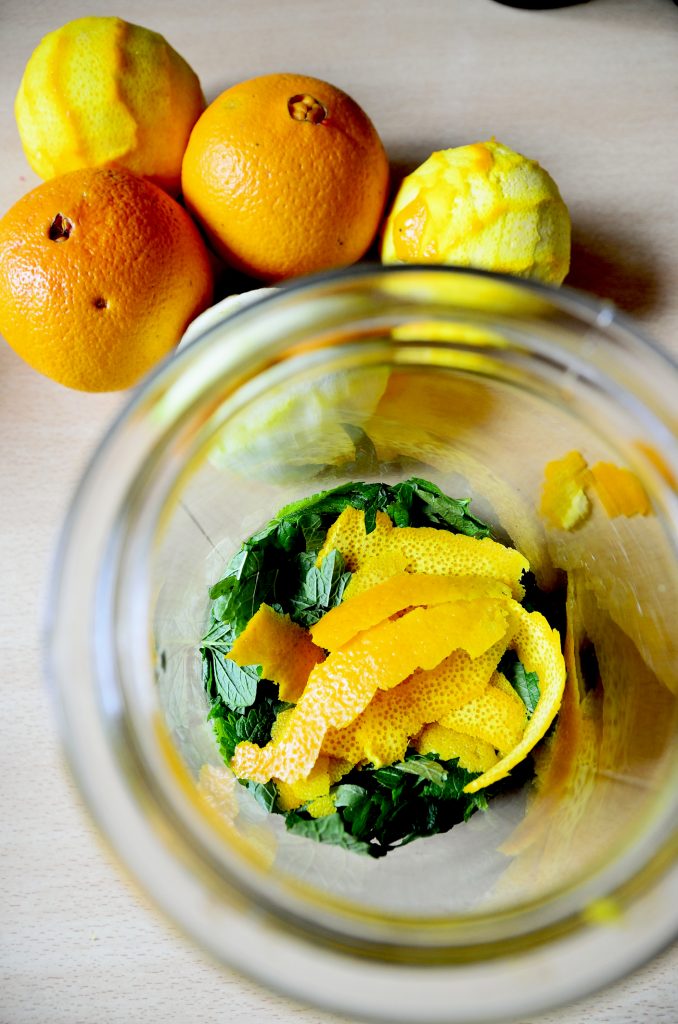
Strains rich in this terpene are mostly inhaled. The terpene then goes to smooth the way for absorption of the other terpenes. This terpene suppresses the growth of fungi and bacteria in addition to facilitating weight loss. It can also be found in citrus rinds, rosemary, and peppermint. As the name suggests, the aroma is lemony.
Tangie, Super Lemon Haze, and Chernobyl are among the cannabis strains with a significant Limonene presence.
Studies have shown anti-depressant and anti-anxiety capabilities. Limonene is also effective against gastric reflux. The anti-inflammatory properties give Limonene efficacy in the treatment of fibromyalgia.
Studies have shown that this terpene starves tumors of blood by inhibiting creation of new blood vessels. It also has the capability to heal tissue like skin through cellular regeneration. The overall effect of this terpene is uplifting to the mood thus potent for depression.
Humulene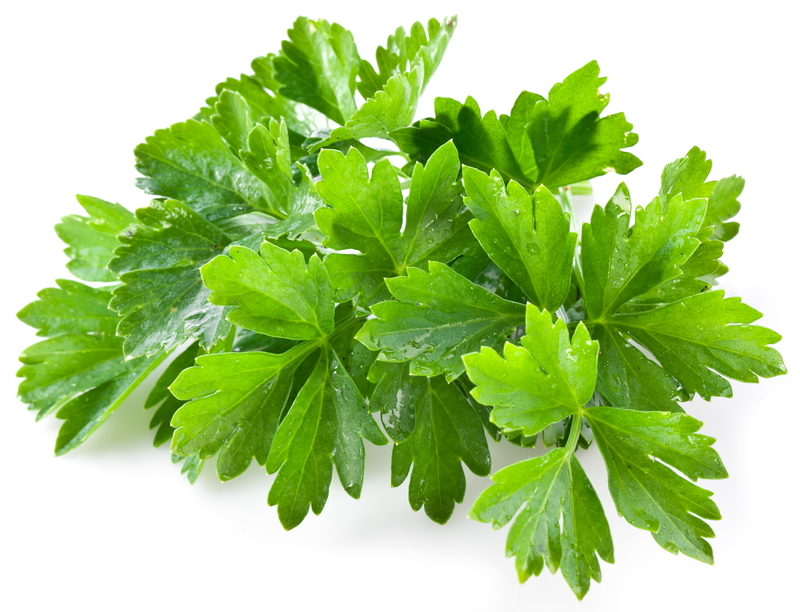
This terpene kind of smells like craft beer. It has a woody earthy aroma that wafts and sort of just sits in the air daring you to move first. This terpene can also be found in coriander. Humulene is an appetite suppressant.
In 2003, a study published in Planta Medica showed the potential of Humulene as an anti-cancer. It aids the production of reactive oxygen species, which encourage cancer cell suicide. A 2007 study found humulene to be as effective as an anti-inflammatory as the steroid dexamethasone. Later in 2016, another study found that this terpene was toxic against malaria and dengue fever.
Find your Girl Scout Cookies, White Widow, Headband or Gorilla Glue strains to enjoy a little humulene. This terpene usually goes hand in hand with Caryophyllene.
Caryophyllene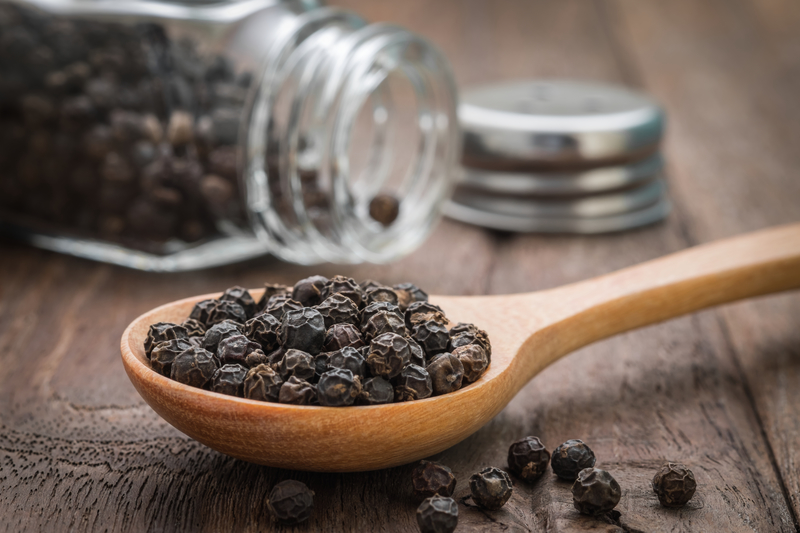
This is initialed as BCP (Beta Caryophyllene). It has a spicy pepper aroma. It is also found in black pepper and oregano. Bubba Kush and Chemdawg cannabis strains will possibly have this terpene in plenty. You can also find some levels of this in Humulene rich strains.
This terpene likes to hang around the peripheral CB2 receptors. This makes it very effective in a cannabis topical. It is also known to curb alcohol cravings.
Trans-Nerolidol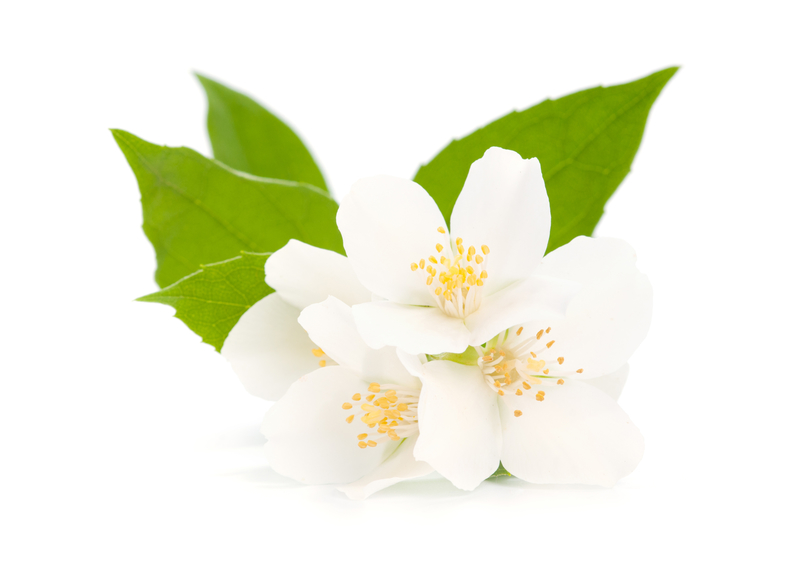
The above six terpenes are all primary terpenes. They have been widely researched and are well known for the most part. They also appear in significant degrees. This terpene though is a secondary one. Research is still underway and the only thing to report is preliminary findings and what is hoped for.
It has a fruity and flowery scent. Sort of like an apple and a rose had a baby. It is also found in jasmine, tea tree, and lemon grass. It has sedation properties and its efficacy as an anti-microbial is being investigated.
Other studies in progress show hope for management of leishmaniasis. This is a parasitic disease spread by sand fly bites carrying the Leishmania protozoa. It affects the skin and internal organs.
Terpenoid Extraction
Terpenes are very delicate and volatile. They cannot be handled haphazardly like cannabinoids. Specific temperatures have to be maintained and meticulous precision observed to ensure the quality is not compromised.
Traditionally, distillation was used to isolate and extract terpenes from their natural environments.
However, this poses a risk of compromise due to the presence of oxygen and heat. However, scientists have found a new way by using nitrogen gas, distilled water and a vacuum pump in a method that is being called cold trapping. The pump enables the temperature requirements to be maintained steadily.
The problem of being grossly under-researched still poses a huge problem. There is potential in the isolation and extraction of terpenes from cannabis. It could be a step towards creating pure terpene products in the future.




